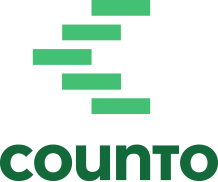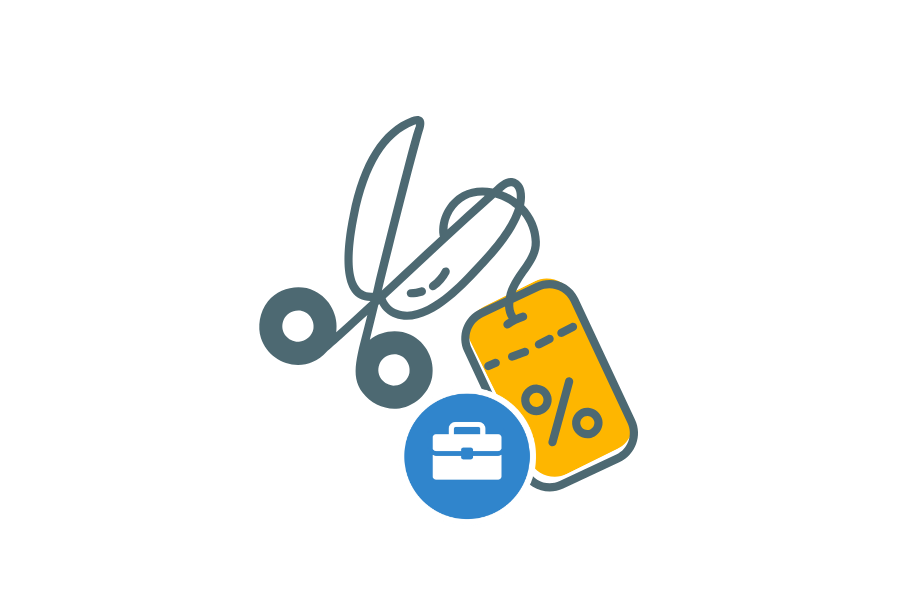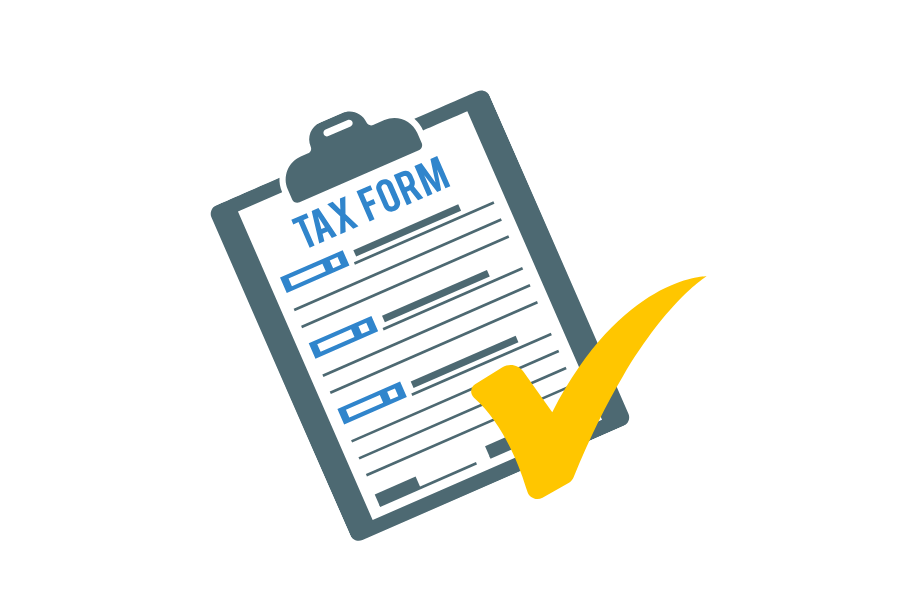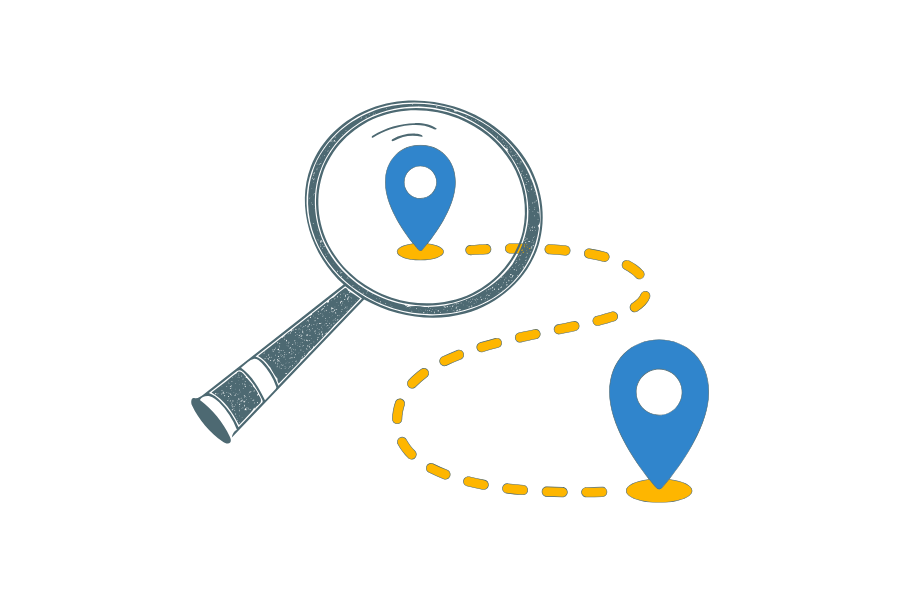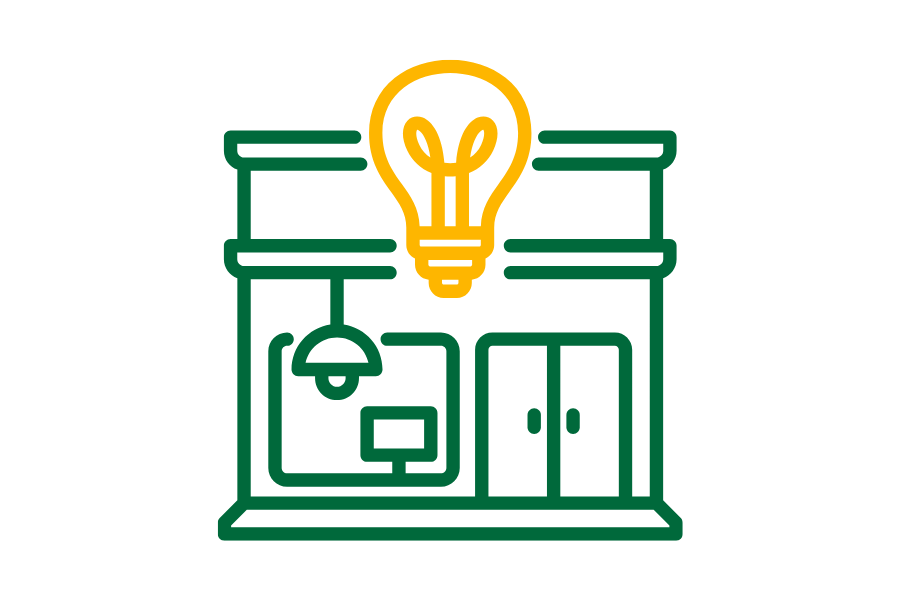How to Manage Increasing Bill Payments in Your US Business
As your US small business grows, managing a rising volume of bill payments can quickly become complex. Using BillPay services in the US helps automate and streamline these payments, ensuring bills are paid on time and financial records stay accurate. Combining BillPay with strong organization and accounting practices allows you to maintain good vendor relationships, avoid late fees, and keep your business finances in order.
1. Centralize Bill Management
To avoid missed or duplicate payments, gather all your bills in one digital platform or create a dedicated email/account for payables. This centralized approach helps you:
-
Track due dates and payment statuses clearly
-
Get an overview of vendors and amounts owed
-
Reduce manual errors and streamline your accounts payable process
2. Automate Routine Payments
Automation through BillPay services is a powerful tool to manage growing bill payments. Consider:
-
Setting up autopay for fixed recurring bills like utilities, rent, and subscriptions
-
Scheduling payments for variable or larger invoices with approval workflows
-
Ensuring consistent, on-time payments that protect your credit and vendor trust
Using automation alongside accounting services improves accuracy and frees up time for your team to focus on growing your business.
3. Use Bill Payment Software and Integrate Accounting
Invest in cloud-based BillPay systems or bank BillPay services that allow you to:
-
Schedule payments, upload invoices, and route approvals digitally
-
Track payments in real time with dashboards and alerts
-
Integrate with your accounting software for seamless reconciliation and reporting
This integration supports clear financial records and simplifies tax filing—key for US small businesses to remain compliant.
✅ Counto is dedicated to helping small businesses thrive by offering Counto BillPay, a complimentary all-in-one solution for bill payments, spend management, and accounts payable. Streamline your finances today. Learn more here.
4. Establish Clear Workflows and Controls
Document your bill payment process to make it scalable and error-proof:
-
Assign roles and responsibilities
-
Set approval limits and hierarchies
-
Review and update processes regularly to remove bottlenecks
Strong internal controls support financial accuracy and reduce fraud risks.
5. Monitor Cash Flow and Prioritize Payments
Maintain healthy cash flow by:
-
Using analytic tools to track upcoming bills and outflows
-
Prioritizing critical payments such as payroll, utilities, and taxes
-
Communicating with vendors proactively if cash flow tightens
Clear visibility helps prevent shortfalls and keeps your business in good standing.
6. Keep Personal and Business Finances Separate
Following SBA guidelines, always separate your personal and business accounts. This separation:
-
Protects your personal assets
-
Simplifies bookkeeping and auditing
-
Builds your business credit profile independently
It’s especially important as bill payment volume and transaction complexity grow.
Summary
Managing increasing bill payments in your US business takes organization, automation, and careful accounting. Leveraging BillPay services, centralizing bills, automating routine payments, using integrated software, and establishing clear workflows will improve accuracy and efficiency. Staying on top of cash flow and keeping personal finances separate helps maintain strong vendor relationships and financial health.
Simplify Your Bill and Salary Payments with Counto BillPay
Try Counto BillPay, your all-in-one solution for bill payments, spend management, and accounts payable. Automate your financial processes with our intelligent AI. It’s 100% free and easy to use. Learn more!

